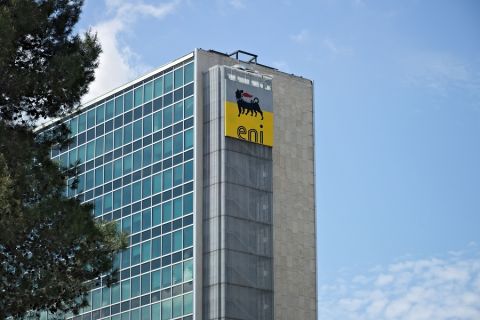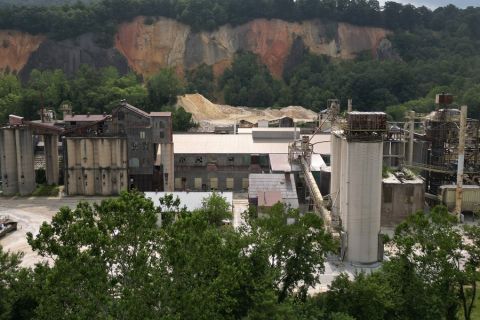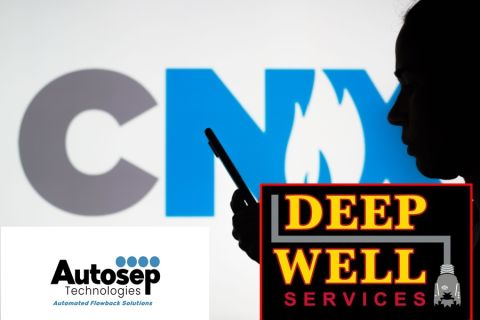Nissa Darbonne: Thank you for joining us. I'm Nissa Darbonne, Hart Energy's executive editor-at-large, and I'm visiting with Jay Graham. Jay is CEO of Spur Energy, which operates in the Northwest Shelf. Jay, tell me where you are now in your timeline, numbers of wells and such?
Jay Graham: Yes, so we are about four years in, we bought the first asset in 2019 and then added on to it in late 2019, early 2020, right at the start of the COVID crisis. But we're about 35,000 boe a day right now, 3,000 wells. We have a one rig program going, so we drill in the neighborhood of about 40 horizontals a year. So just staying steady in that level and with a big free cash flow model back to our investors.
ND: What's the depth that you're targeting?
JG: From a vertical perspective? They're about 4,000 feet. They're real shallow, low pressure. For the most part, we drill 5,000-foot laterals because it's a lot of combination of state, federal fee and just so many wells out there. About, the best we can do is we can get up to 7,500 feet at times, but it's hard to put 10,000-foot laterals in the ground.
ND: You said low pressure, so do they go on lift pretty quick?
JG: Yeah, so we go ESPs [electric submersible pumps] immediately, and then over the course of six months to a year, we'll end up on rod lift. So I think we're probably in the neighborhood right now of 27, 2,800 rod lift wells up in that Artesia [New Mexico] area.
ND: What's the GOR [gas-oil ratio] in your neighborhood?
JG: So on a flow basis, we're about 70 to 80% oil at this point. So good, high-liquid wells. The gas is almost worth nothing from a revenue basis. We're almost 95% revenue from liquids, either NGLs or the oil itself.
ND: It's a good little bit of solution gas, though.
JG: There is quite a bit of solution gas. Our biggest issue that we have in that area is gas processing capacity. We produce in the neighborhood of 80 [MMcf/d] to a hundred million cubic feet a day, and we're constantly curtailed due to Northern Delaware gas coming north. We're a sour gas [producer], and so our plant — we can't send our gas south. So we have two plants in our area that can handle our gas, but the clean gas from the Delaware can come up, and then we start having curtailment issues. So that's the hardest thing about the Northwest Shelf right now is gas processing and takeaway capacity.
ND: That asset ends just [in] the southern part of Robertson County. [Comstock Resources'] new Haynesville play is in Robertson, just a little north of there is where it begins. While you were in that area and knowing what you know about the Bossier-Haynesville over in Louisiana, was that something that you really wanted to do?
JG: Yeah, so we were so focused as a one-play company, being public, chasing the Eagle Ford there in the northeast Eagle Ford. But [WildHorse co-founder] Anthony [Bahr] and I, we cut our teeth in the high-pressure deep gas plays in north Louisiana, like you said, and we had some stranded acreage up there and our geologist had some prospects. And he would come to us and we'd look at it and we're like, "Well, we're drilling such good wells here in the Eagle Ford. Do we really want to go chase something up there? And how would our public investors think about us spending money up there?" And so we saw it. We knew it was interesting. I wouldn't say exciting at that point. We knew it was very interesting. And my career at Anadarko and then with WildHorse, we'd chase those type of plays. And so unfortunately we didn't have the courage to go up there and chase that. But it sounds like an incredible asset.
ND: Big wells.
JG: Big wells.
ND: Find out more at hartenergy.com.
Recommended Reading
Ithaca Deal ‘Ticks All the Boxes,’ Eni’s CFO Says
2024-04-26 - Eni’s deal to acquire Ithaca Energy marks a “strategic move to significantly strengthen its presence” on the U.K. Continental Shelf and “ticks all of the boxes” for the Italian energy company.
Apollo to Buy, Take Private U.S. Silica in $1.85B Deal
2024-04-26 - Apollo will purchase U.S. Silica Holdings at a time when service companies are responding to rampant E&P consolidation by conducting their own M&A.
Deep Well Services, CNX Launch JV AutoSep Technologies
2024-04-25 - AutoSep Technologies, a joint venture between Deep Well Services and CNX Resources, will provide automated conventional flowback operations to the oil and gas industry.
EQT Sees Clear Path to $5B in Potential Divestments
2024-04-24 - EQT Corp. executives said that an April deal with Equinor has been a catalyst for talks with potential buyers as the company looks to shed debt for its Equitrans Midstream acquisition.
Matador Hoards Dry Powder for Potential M&A, Adds Delaware Acreage
2024-04-24 - Delaware-focused E&P Matador Resources is growing oil production, expanding midstream capacity, keeping debt low and hunting for M&A opportunities.






